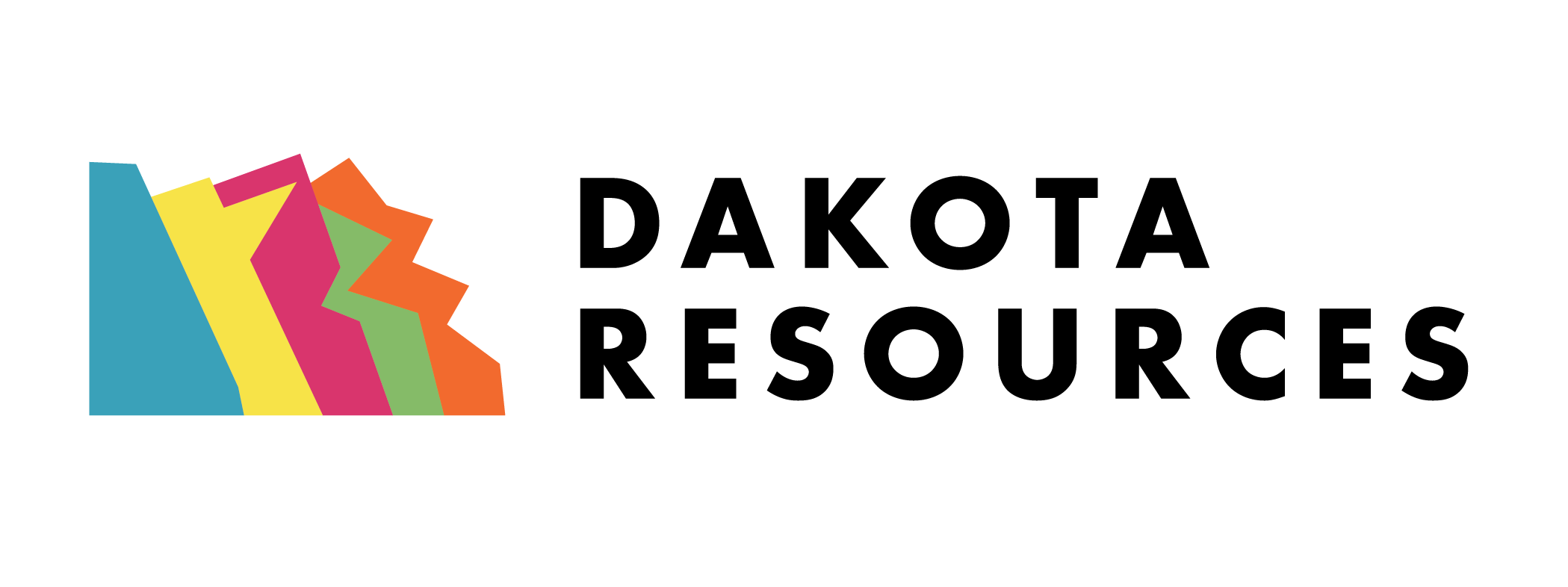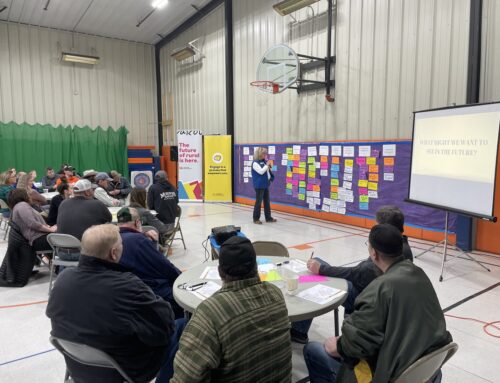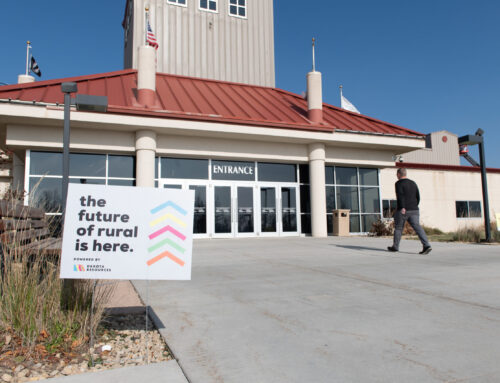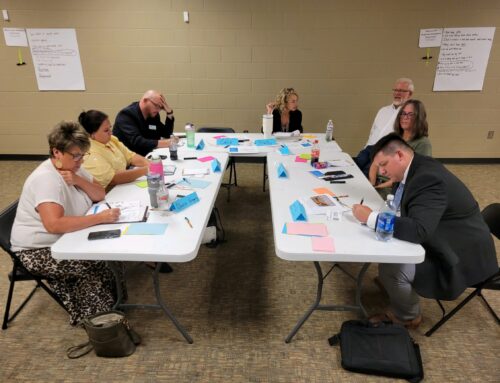Planting the Seeds of a Successful Community
By: Andrea Schmidt
Custer, South Dakota, was the Dakota Resources 2019 Innovative Community of the Year. With a population of about 2,000, Custer is fortunate to have people of all ages who are passionate about their community.
With a disproportionate number of volunteers and a drive to keep their city healthy, the citizens of Custer are working hard to make their city thrive. But it wasn’t always that way…
According to Tanya Olson, local landscape architect and designer, as well as an active community volunteer, says in the 1970’s and 80’s Custer branded itself as an Old West town. Local lore says that it wasn’t terribly welcoming to new businesses or ideas. However, in the late 1990’s a few locals started investing in improving buildings and bringing new businesses into the downtown core. Another group of citizens championed the idea of downtown beautification. By the mid-2000s, the mayor, city planner and city council created an official downtown beautification committee. That group was able to bring the earlier vision to fruition, resulting in traffic calming projects, town square improvements, and a downtown lighting and streetscape project on Mt. Rushmore Road (Custer’s main street).
That combined investment by business owners, the City, and volunteers ignited a spark that has resulted in massive investment by private businesses in the core downtown. Olson credits those forward-thinking city officials with creating an environment that led to the dynamic environment Custer enjoys today.
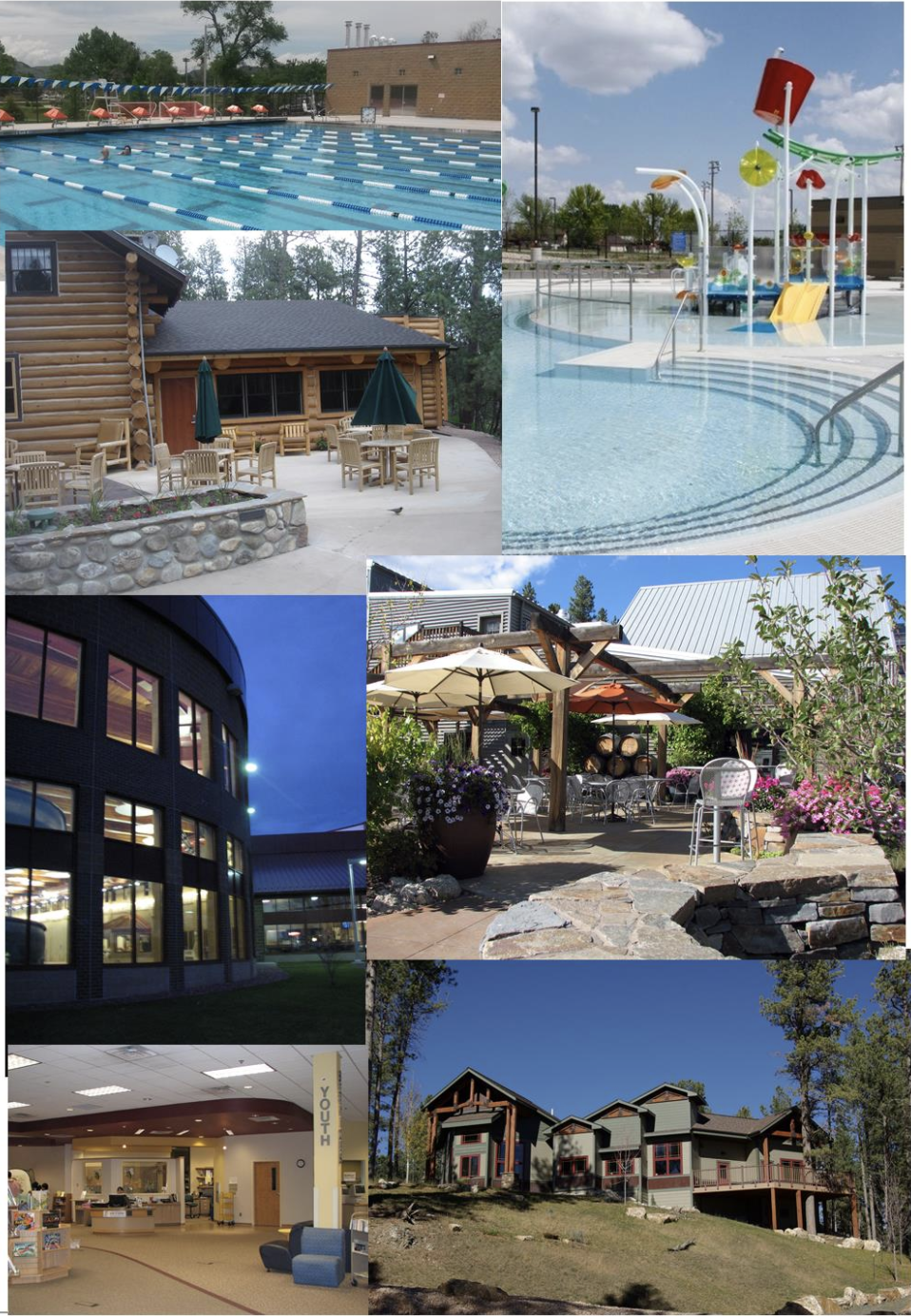
“To me it was the city saying we’re willing to invest in our town because we believe in it, and people followed suit,” she says. “I look at it like building a garden. You have to start with building healthy “soil” first to support a very large variety of businesses and that’s how you build a thriving community. Right now, Custer is the most vibrant it’s been in 20 years, but all that early effort laid the groundwork for younger people to come in and start these new businesses.”
More groundwork was laid when the Custer Area Economic Development Association brought in Dakota Resources Community Coach Kristi Wagner about 10 years ago. Together, they created a strategic plan, and over time, the community accomplished everything on their list, including building a new hospital. So, a few years ago, they brought Wagner back to create more initiatives.
“I think Kristi has been the connective tissue,” says Olson, “getting everybody to the table and keeping them there. We don’t have to invent a format to get everybody together, because it already exists. Kristi’s long background in how our state works and how things get done, along with all the people she knows and can connect you with… I can’t overstate how important that is.”
As part of the Community Coaching, the community surveyed citizens of all ages to determine what they want to accomplish to continue improving life within Custer.
Jeff Prior is President of the Custer Area Economic Development Corporation, a volunteer position. He’s also on the school board, and he owns and operates Dakota Greens Nursery.
“We documented needs and vetted them,” Prior explains. “That’s where we developed the initiatives and groups we have today.”
That includes initiatives teams for Housing, Education, and Recreation / Wellness. The city has little funding, but they do have many volunteers. While many of those volunteers are retired, there is a concerted effort to include younger people in as many ways as possible.
Engaging the youth
Prior works hard in all of his roles to engage the youth of Custer. He employs high school students in his greenhouse. He sits on a panel that stages mock interviews with high school seniors, where he always asks students how they are giving back to the community. As a school board member he has championed the school district working with Western Dakota Technical College to provide internships and on-the-job training opportunities for high school students.
“I always tell people, stop complaining about the younger generation,” Prior says. “It’s our responsibility to help them do the right thing, and that includes giving them basic skills they can use their entire lives. High school kids are energetic, exciting. They just need opportunities and the chance to build self-confidence.”
Like many rural communities, Custer still struggles with work force housing so they can keep younger people who have entry level jobs. As Prior says, “We need opportunities to fill those positions and have a place for people to live. Basic economics is what’s needed to keep those kids. Do our job opportunities meet the costs of housing?”
Both Prior and Olson are also involved in the upcoming community – school gardens project, in conjunction with the school system and the Recreation / Wellness Initiative Team. According to Colleen Hennessy, head of the Recreation / Wellness Initiative Team, projects like this bring the community together.
“We have industrial art classes here, and so those classes will do different projects within the garden,” she says. “The food science teacher will be showing students how to plant, what to plant and everything. Also, we are partnering with the YMCA, through their childcare and after school and summer program, so those children will also be part of the garden and have their own beds.”
She adds,” It’s really going to be something like a community – school gardens project that brings people together.”
